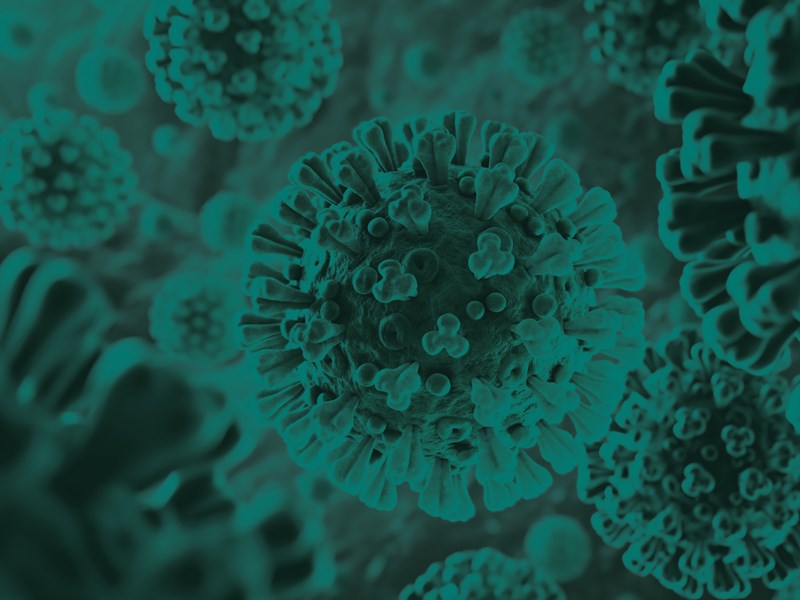Can PTA producers survive plummeting polyester demand?
The PTA market was already grappling with global overcapacity when the pandemic piled on the pressure
1 minute read
Global polyester demand collapsed during the Covid-19 pandemic. Producers of its raw materials, including purified terephthalic acid (PTA), were already dealing with overcapacity. Now they face unprecedented market volatility and a long road to demand recovery.
So how have PTA production economics changed? What makes the difference between profit and loss? Fill in the form for a complimentary insight, powered by our new PTA Asset Benchmarking Tool. Or read on for an introduction to the key challenges.
Polyester demand has fallen sharply
Fibre and textiles – by far the largest consuming segments for polyester – were devastated by the impact of the coronavirus. The apparel industry, for example, was left hanging by a thread.
Not all polyester segments have been performing poorly. PPE demand has provided some protection for the fibres industry, while stockpiling of bottled water and sanitisation products gave PET a boost. Nonetheless, we expect total polyester production in China to contract by 2.8% versus 2019, and global production to decline by 1%.
This poses a clear challenge for key raw materials, paraxylene (PX) and PTA. In the case of PTA, our growth forecast has shifted down from 3.8% to -0.6%.
Global overcapacity compounds the problem
The PTA market was already grappling with reduced operations and margin compression due to global overcapacity. The collapse in polyester demand has only served to pile on the pressure.
Between 2015 and 2019, net PTA capacity increased by 14.2 Mt, while demand increased by 3.4 Mtpa. And we estimate that a further 17.2 Mt of downstream PTA capacity will come onstream by 2023. Such large additions will force operating rates down to historic lows.
We do expect the rationalisation of some smaller, older, non-integrated PTA units to accelerate. However, those players that do manage to weather the storm will see demand recover next year – our forecast calls for a rebound of around 4.5% on average over the next three years.
Of course, the pandemic story is still unfolding. There is downside risk should a second wave take hold, and as governments loosen and tighten virus containment measures.
Can PTA players survive the crisis?
Most PTA capacity additions between 2020-2023 are being built in China. This construction wave will differ from previous ones in that most of the new capacity is being built by current market players, further consolidating China’s PTA supply. This will put producers in a better position to manage the supply-demand balance, by minimising compression in the PTA-PX spreads.
We’re also seeing China’s PTA producers weather volatility by using the futures market to price PTA in the spot market, hedge against risks and manage inventory. It’s changing the way PTA producers are doing business in the world’s largest polyester market – and could help to reshape the landscape of the global polyester chain.
Nonetheless, PTA players face uncertain times in an environment of oversupply. An unprecedented wave of new capacity will begin operating in H2, and the competitive position of existing assets will rebalance. Production costs and profitability will be under intense scrutiny.
Take a closer look at PTA production economics
How has the global PTA margin curve changed? What type of PTA assets are most – and least – competitive? What are the factors driving profit and loss?
Fill in the form at the top of this page for a complimentary insight on PTA production economics, with charts and analysis drawn from our new PTA Asset Benchmarking Tool.







